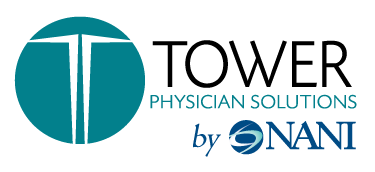
Top Trends for Medical Billing and Coding in 2024
In the ever changing landscape of healthcare, it is imperative for medical billing professionals to remain current with the latest technological developments. As we begin 2024, it becomes crucial to foresee the upcoming trends that will influence the realm of medical billing. This article delves into the prominent medical billing technology trends anticipated for 2024, aiming to boost efficiency, accuracy, and facilitate the streamlining of the revenue cycle management process.
1. AI and Machine Learning Integration:
The integration of Artificial Intelligence (AI) and Machine Learning (ML) technologies is transforming the landscape of medical billing and coding. These advanced technologies automate repetitive tasks, enhance accuracy, and improve overall efficiency. AI-driven coding assistance tools help professionals stay compliant with the latest coding standards, reducing errors and streamlining the reimbursement process.2. Blockchain for Enhanced Security:
Blockchain technology is making waves in healthcare, providing a secure and transparent platform for managing medical data. In medical billing and coding, blockchain ensures the integrity and confidentiality of patient information. By decentralizing data storage and enhancing encryption protocols, blockchain minimizes the risk of fraud and unauthorized access, instilling trust in the billing and coding process.3. Telehealth and Remote Coding:
The rise of telehealth services has transformed how healthcare is delivered, impacting medical billing and coding practices. Remote coding, enabled by secure and efficient telehealth platforms, allows professionals to work from diverse locations. This trend not only enhances flexibility for coders but also ensures timely and accurate coding for healthcare services provided remotely.4. Regulatory Compliance Focus:
The ever-evolving landscape of healthcare regulations demands a keen focus on compliance. Medical billing and coding professionals need to stay updated with changes in coding guidelines, reimbursement policies, and privacy laws. Continuous education and training programs are essential to ensure adherence to regulatory standards, preventing costly errors and legal complications.5. Enhanced Interoperability:
Seamless communication between different healthcare systems is crucial for efficient medical billing and coding. Enhanced interoperability allows for the smooth exchange of patient data, reducing the likelihood of errors and improving overall accuracy. This trend is driven by the increasing emphasis on integrated healthcare systems that prioritize data sharing and collaboration among various stakeholders.6. Data Analytics for Revenue Optimization:
The utilization of data analytics tools is becoming integral to medical billing and coding processes. Analyzing large datasets helps identify patterns, trends, and areas for improvement in revenue cycle management. By leveraging data-driven insights, healthcare organizations can optimize their revenue streams, reduce denials, and enhance overall financial performance.7. Focus on Patient-Centric Approaches:
The shift towards patient-centric care is influencing medical billing and coding practices. Incorporating patient engagement strategies into the billing process enhances transparency and communication. Clear and accessible billing information not only improves patient satisfaction but also contributes to more accurate coding and billing processes. Remember, staying informed and adopting these emerging technologies will be crucial for healthcare providers and billing professionals to remain competitive and deliver exceptional patient care in the rapidly evolving healthcare landscape of 2024.Learn more at: https://towerps.com

